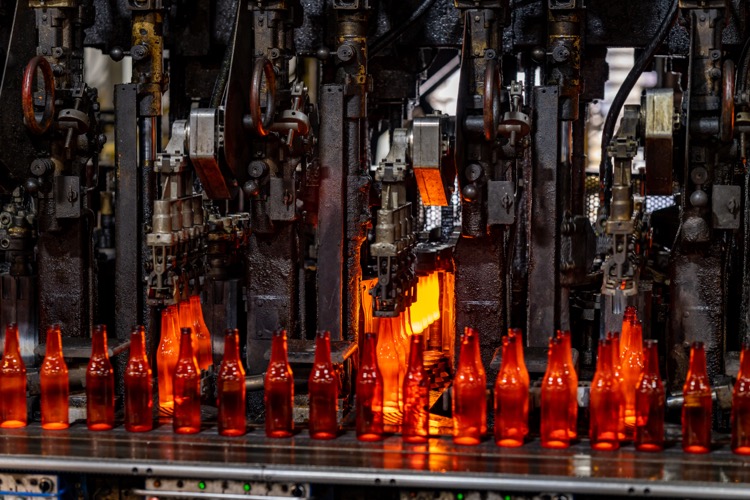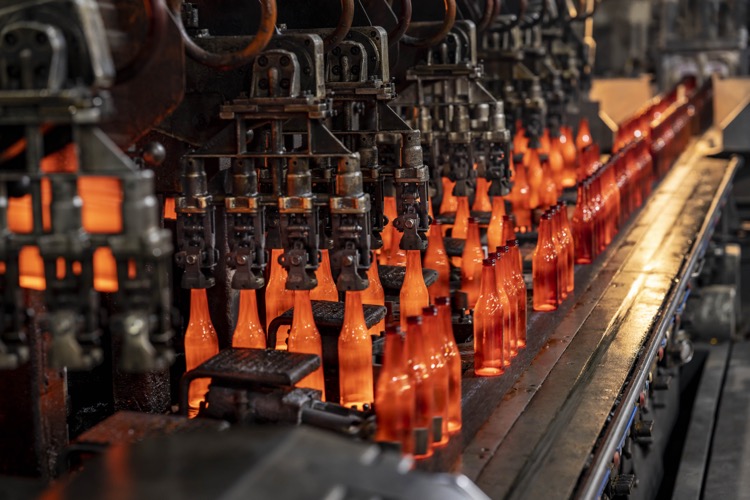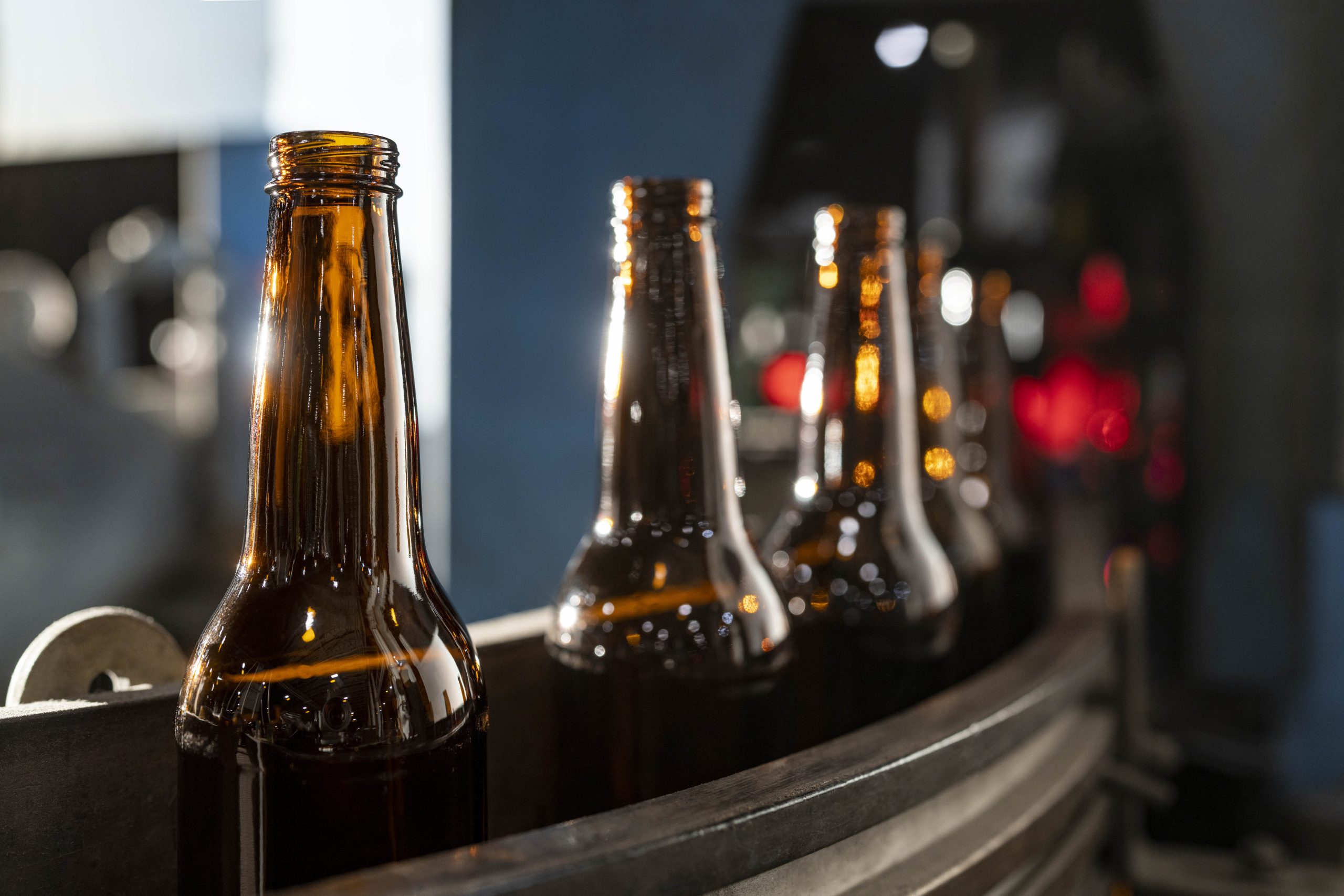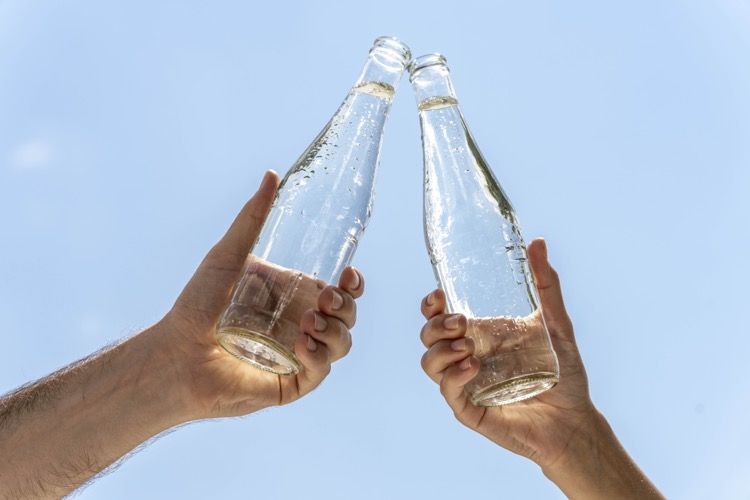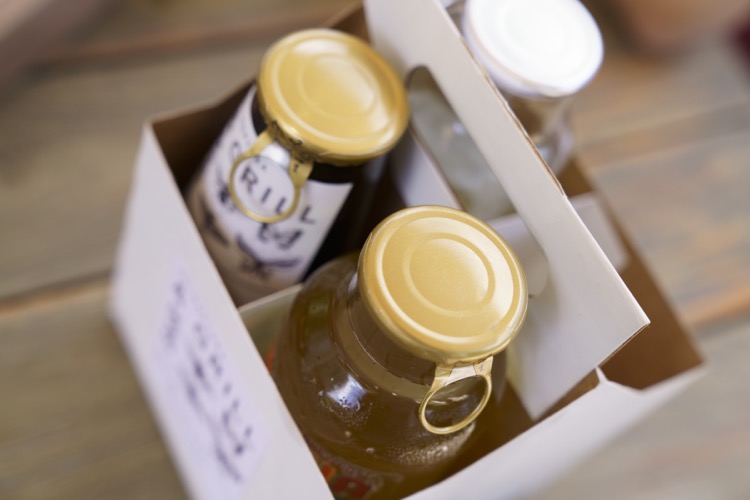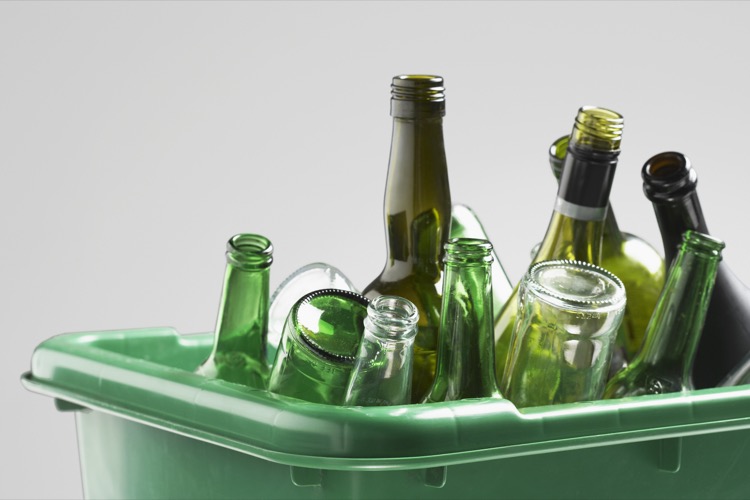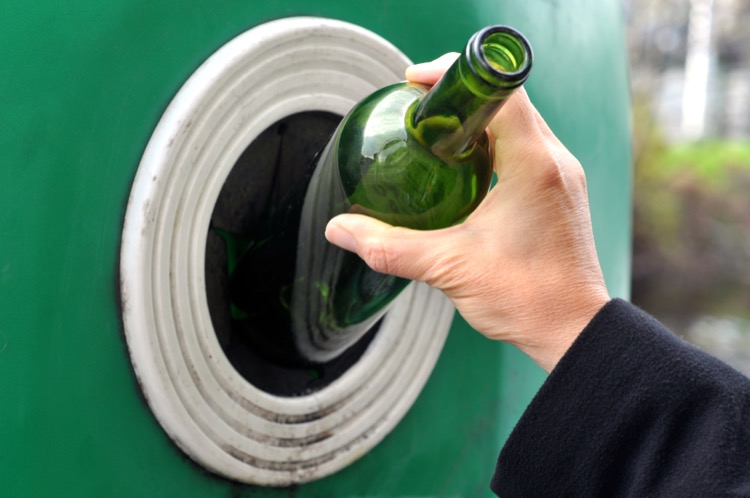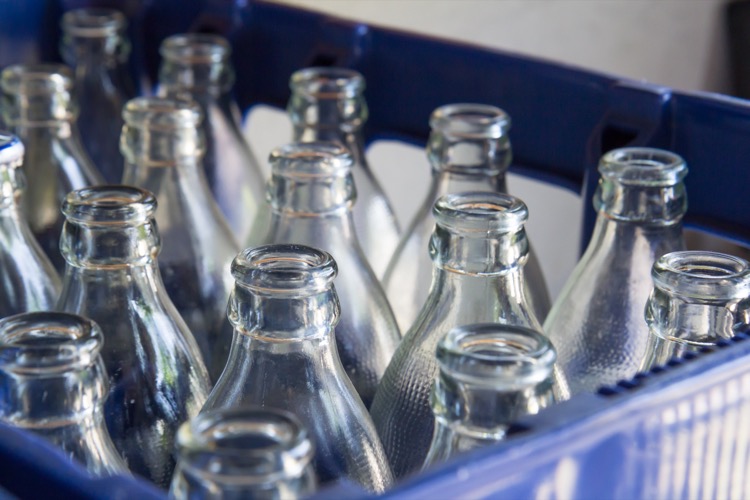As lockdowns due to COVID-19 begin to ease, some glass recycling programs are springing back to life, attracting long lines of people eager to recycle glass bottles and jars.
Workers say “folks lined up at the gates” when Springfield, Missouri, recycling centers reopened in early May. More than 1500 people filed in on Day 1 through their cars – a new rule to ensure social distancing. Photos in the New Haven Independent show long lines of people at bottle redemption centers in Connecticut. The Pennsylvania Resources Council announced its traveling glass recycling program will return to the Pittsburgh area in June, with a few tweaks to ensure social distancing.
The return of glass recycling programs is welcome news for the glass manufacturing industry and the hundreds of thousands of jobs it supports. O-I Glass reports a severe drop of recycled glass in many cities and regions during the COVID-19 pandemic. Supplies of recycled glass have dropped 34% in Oregon; there’s a 62% decrease in New York and New Jersey.
When fewer glass containers are recycled, it directly impacts glass makers ability to sustainably produce new glass bottles and jars for the food and beverage industry.
“One of the weak links that we have in our waste disposal and waste diversion chains in that recycling, unlike traditional waste management, is seen as something that you could just curtail or discontinue,” Randy Burns, O-I’s Chief Sustainability and Corporate Affairs Officer, tells Fast Company. “In 2020, the way we’ve constructed our manufacturing supply chains, it’s actually not optional in any way.”
Glass is an endlessly recyclable material and recycled glass content is a main ingredient in the glass manufacturing process. Glass containers produced by O-I Glass worldwide comprise an average of 38% recycled glass content; in Europe, that number can be as high as 90%. When manufacturers use a higher amount of recycled glass in the process, it produces fewer emissions and uses less energy.
Redemption is still down in some places, like Iowa, one of 10 states with deposit programs that supply up to 60% of recycled cans and glass, according to the Container Recycling Institute. Mid-American Recycling, an Iowa-based recycling company, tells local media its volume is down 70% because deposit programs are paused and those bottles are “sitting in garages right now” instead of going back into the supply chain.
COVID-19’s damaging impacts on manufacturing are so prevalent, even the U.S. Environmental Protection Agency (EPA) is sounding the alarm and urging people to recycle.
“Recycling is critically important right now,” the EPA stresses in a new video released May 27. “The manufacturing industry is in dire need of raw materials to make the products and shipping supplies we need during this pandemic.”
Industry Calls on Legislators to Fix and Fund Recycling Infrastructure
Consumers participating in recycling and bottle redemption programs is vital, and O-I and other glass manufacturers are sending a strong message that governments need to do more to strengthen the recycling infrastructure to support jobs, support the economy, and empower sustainable manufacturing.
Even pre-pandemic, glass recycling rates in the U.S. pale in comparison to what the European Union is accomplishing through government support. The EU boasts a glass collection rate of 76%, and new legislation aims to boost that even more by 2030.
Glass manufacturers say U.S. legislators must use COVID-19 as a turning point to embrace recycling’s role in the economy. Industry leaders stress now is the time for governments to take action to dispel the misperception that recycling is simply a convenience. They say Americans want to be empowered to recycle.
The post-lockdown crowds at newly reopened recycling centers and drop-off points support that theory. Arlington, Virginia’s, fledgling glass recycling drop-off program–which was founded in 2019 after the county stopped accepting recyclable glass in curbside bins–has collected a whopping 2 million pounds of glass in its first year. One million was collected from Jan. 1 through early May 2020, despite the pandemic, and Peter Golkin with the Arlington Department of Environmental Services tells local media he expects to “likely see another million at a much faster pace” with people still consuming the majority of meals at home. It’s an impressive number that demonstrates people are motivated to recycle, even when they have to go farther than their curbs to do it.
“Supporting infrastructure improvements, as part of whatever stimulus recovery programs we decide to put in place, would be an excellent idea,” Burns says.








